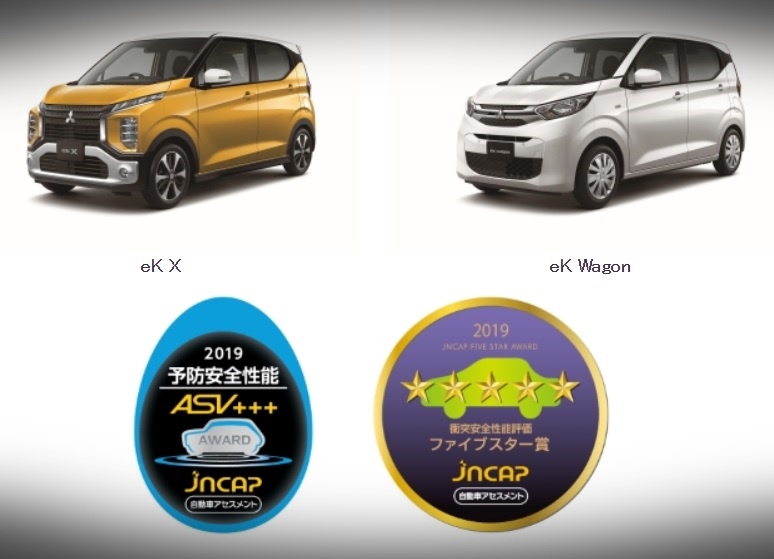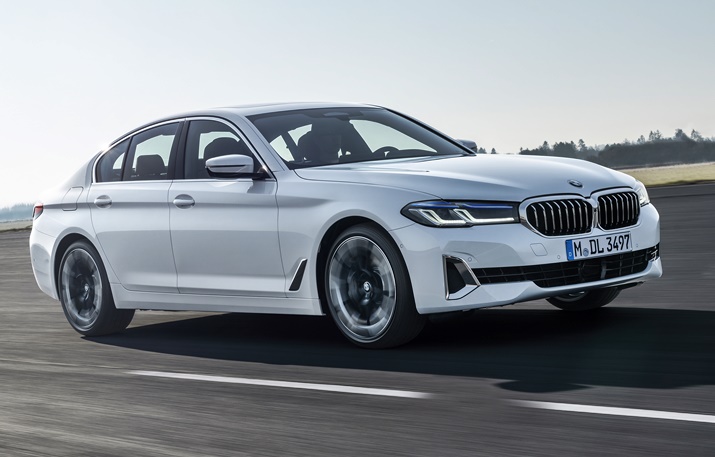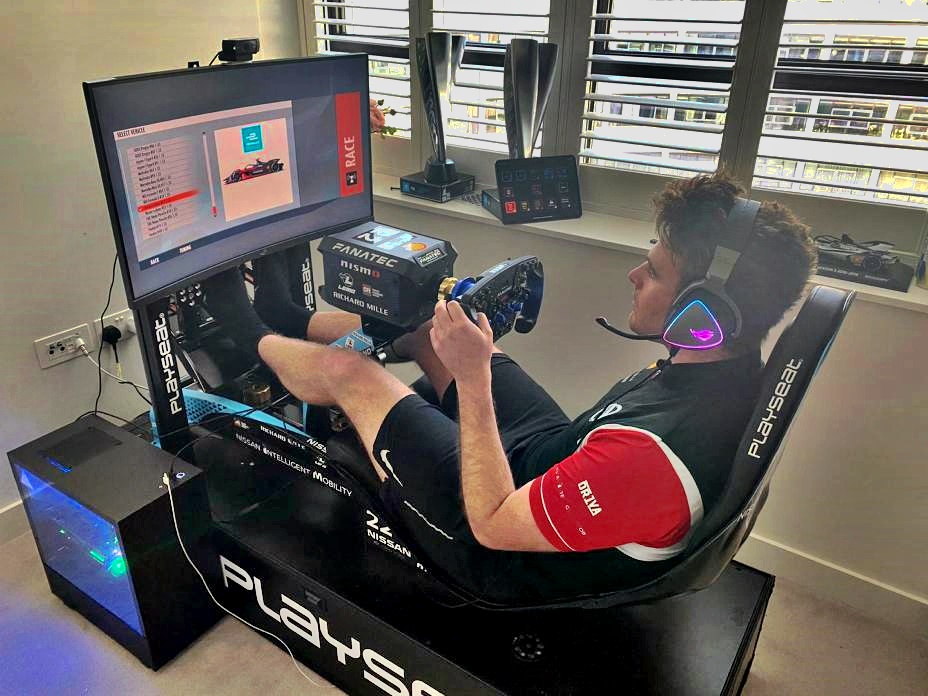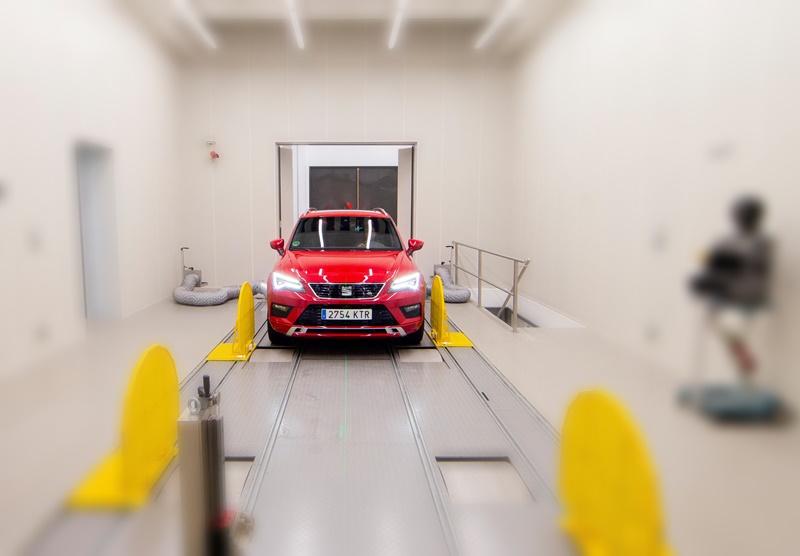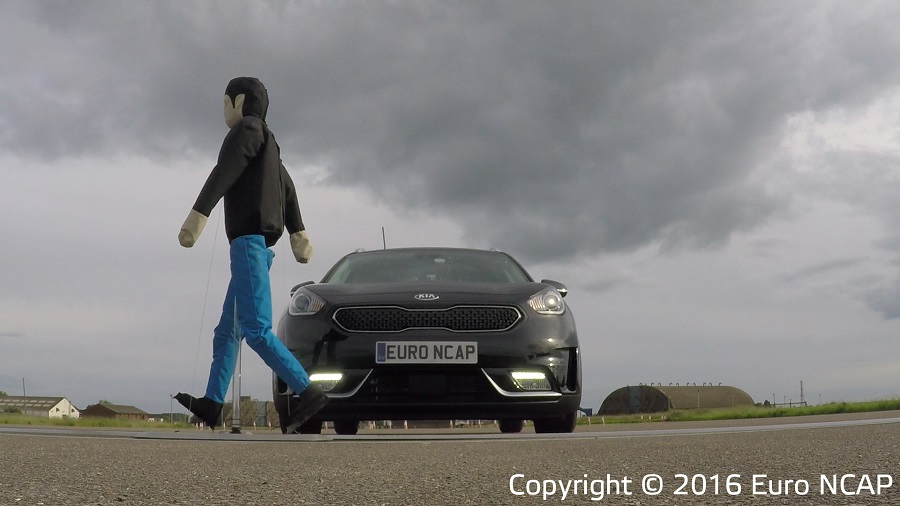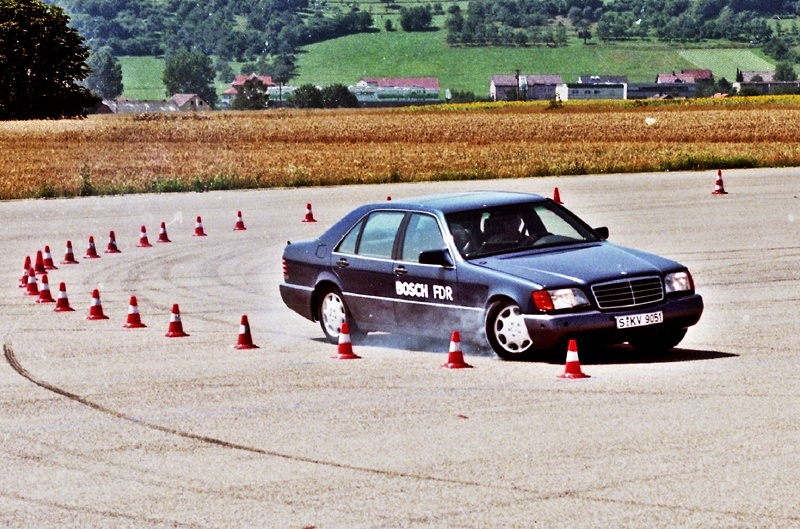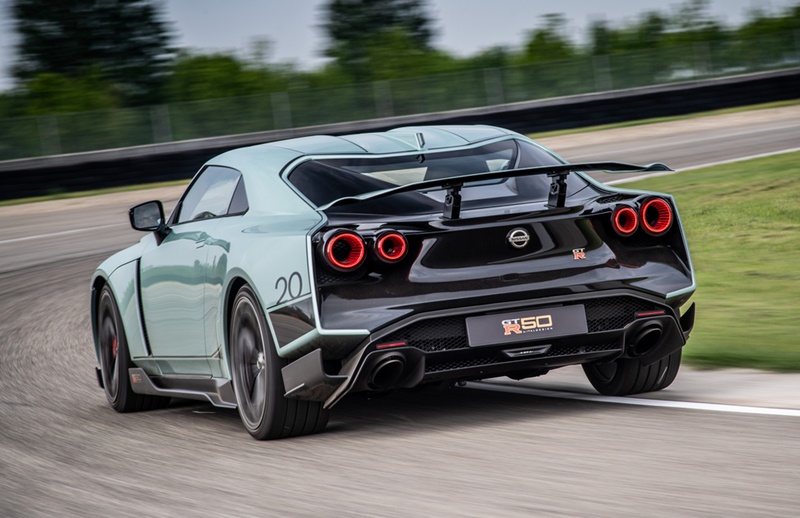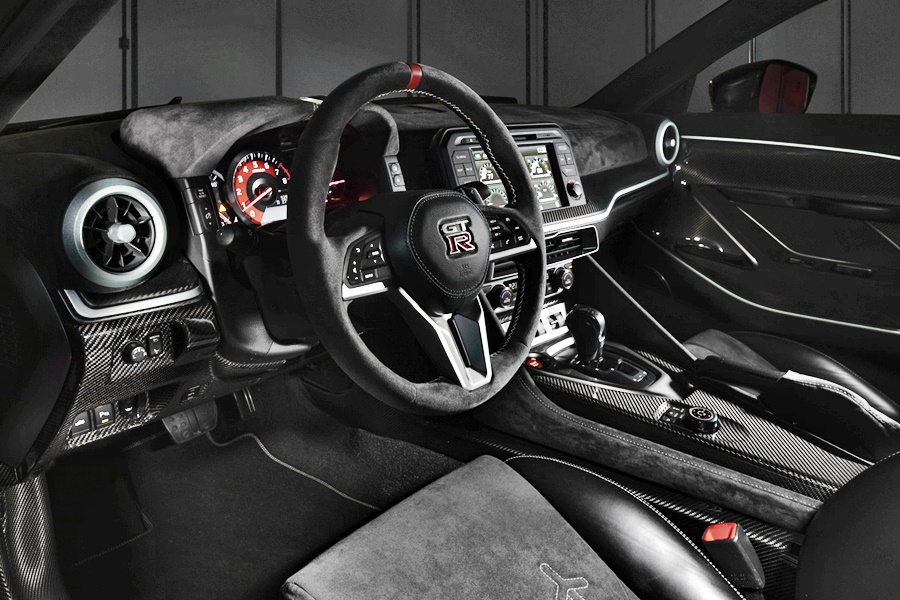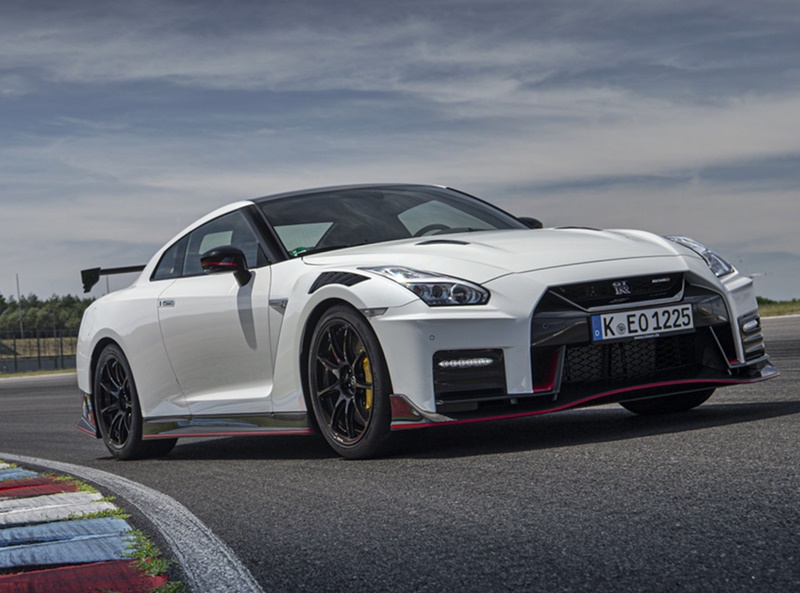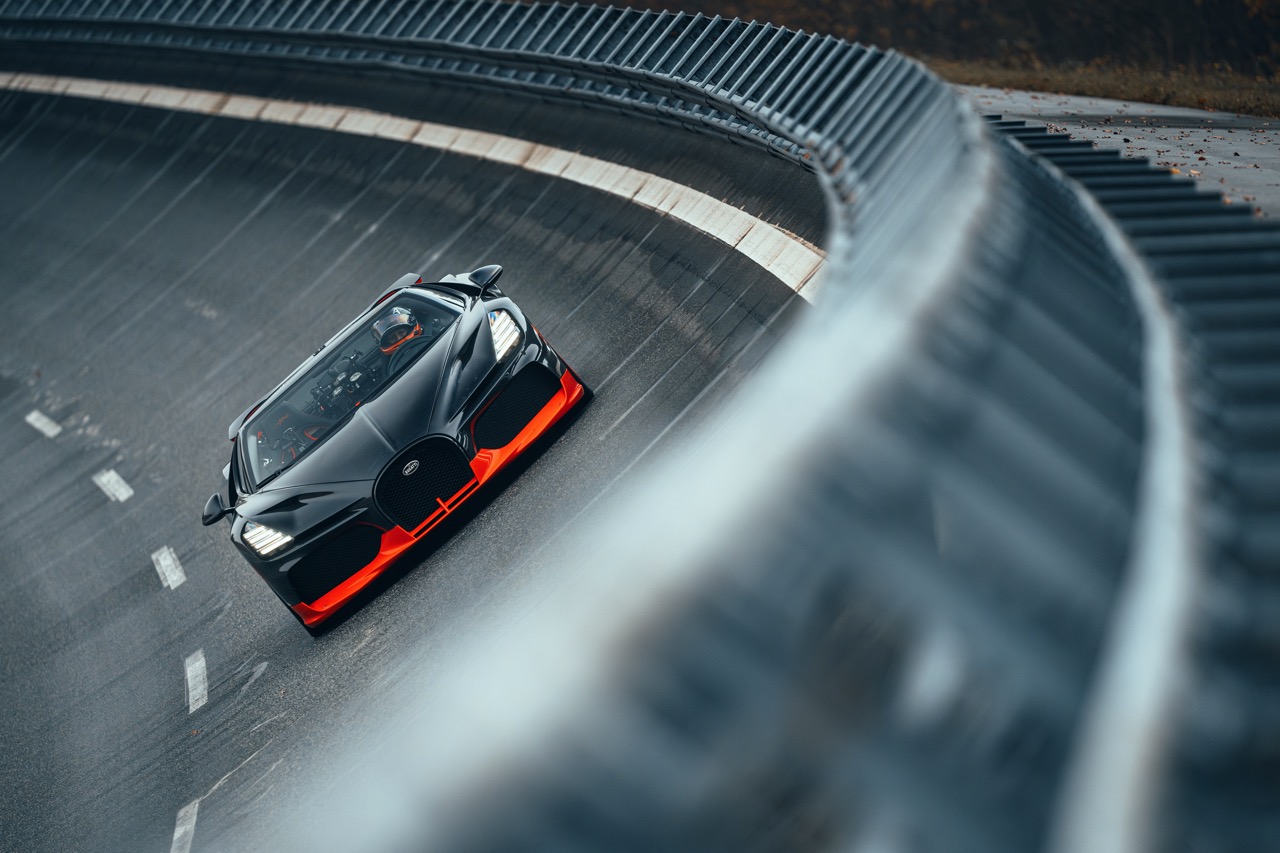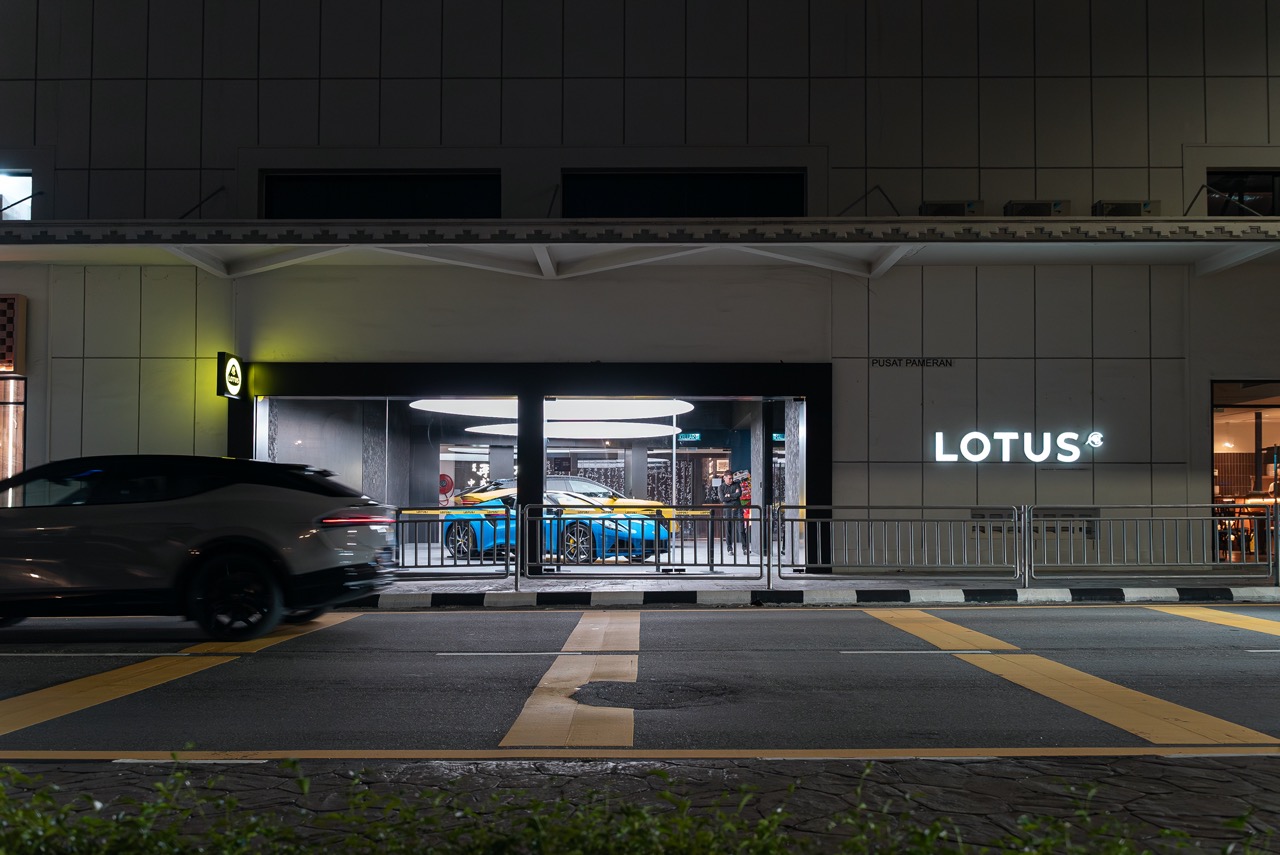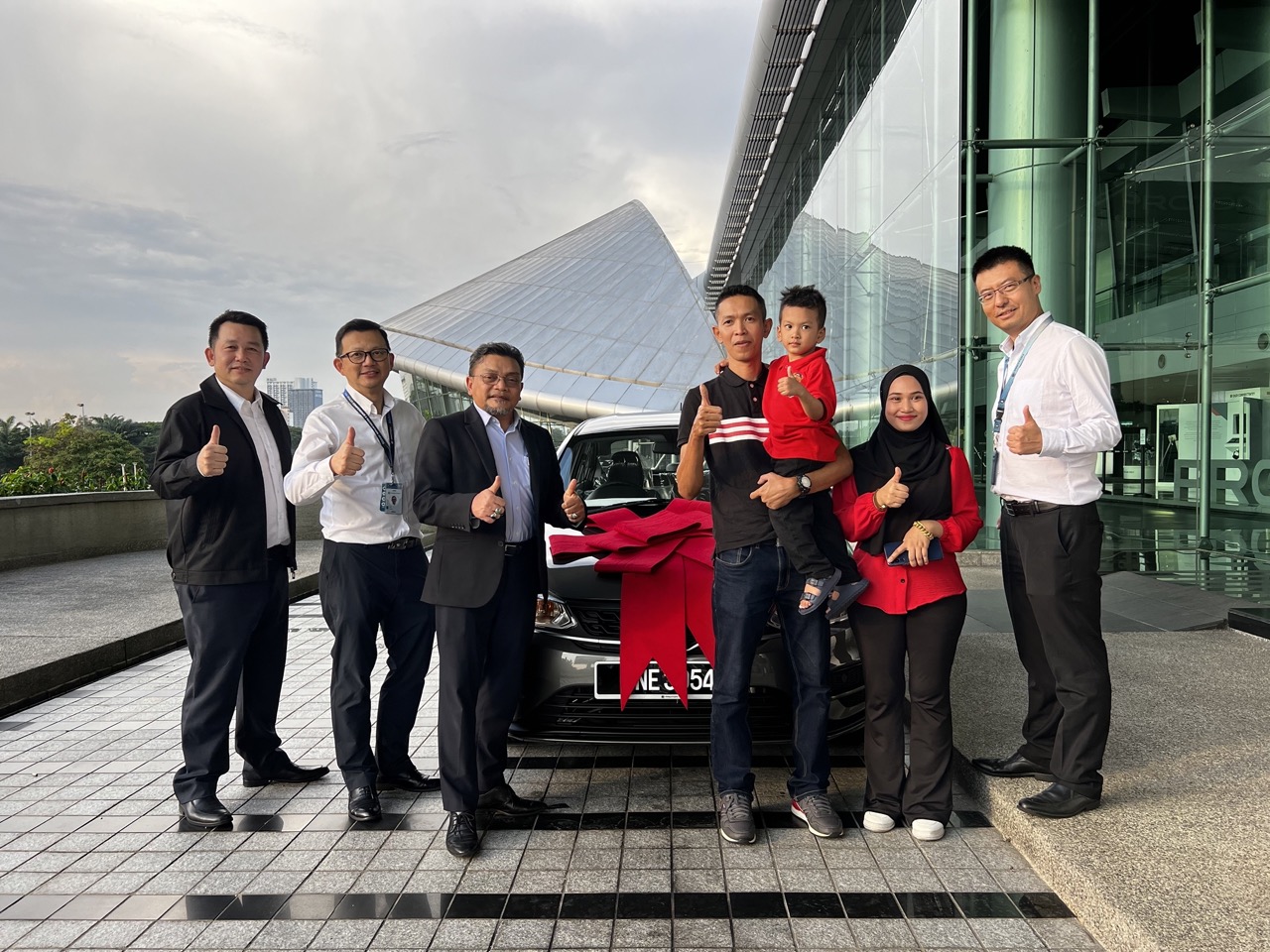
First introduced in 1972, with worldwide sales of the current generation reaching 600,000 units since 2016.
Sales launch of new updated 5-Series in Europe from July 2020.

Newly designed BMW kidney grille with slimmer LED headlights. Adaptive LED Matrix technology and BMW Laserlight also available.
Three-dimensional sculpted rear lights, all variants now have trapezoidal exhaust tailpipe finishers.
Light-alloy wheels in 18 to 20-inch sizes; 20-inch BMW Individual Air Performance Wheels available as an option for the first time.

Dashboard now has optional 12.3-inch Control Display (10.25-inch Control Display now standard). Seventh generation iDrive system.
Sensatec perforated trim variant for the seat surfaces and High-Gloss Black for controls on centre console.
Introduction of new 48V mild hybrid technology for all 4 and 6-cylinder engines; 48V starter-generator with 8 kW/11 bhp power spike to both lighten the combustion engine’s workload and boost power.
Further developed BMW TwinPower Turbo technology in 4 and 6-cylinder petrol engines with optimised petrol injection. All diesel engines now with two-stage turbocharging.
Optional Integral Active Steering offers greater assistance in low-speed manoeuvring, new version of chassis system now also available for plug-in hybrid models.

New driver assistance systems and extended functions. Optional Driving Assistant Professional now includes Active Navigation with the help of the Lane Change Assistant, automatic formation of emergency lane and junction warning (now with city braking) functions. 3D visualisation of the surrounding area shows traffic situations and possible interventions by the driver assistance systems in the instrument cluster.
New BMW Drive Recorder records up to 40 seconds of video footage from points around the vehicle.
BMW Operating System 7 opens up a host of potential new applications and connectivity options, as well as extended personalisation.

VARIANTS AVAILABLE (depending on market)
BMW 530e Sedan (BMW 530e xDrive Sedan)
4-cylinder petrol engine, plug-in hybrid. 1998 cc, 184 bhp at 5,000 – 6,500 rpm, 300 Nm at 1,350 – 4,000 rpm. Combined system output: 292 bhp/420 Nm,8-speed Steptronic transmission, (BMW xDrive)
BMW 530e Touring (BMW 530e xDrive Touring)
4-cylinder petrol engine, plug-in hybrid. 1998 cc, 184 bhp at 5,000 – 6,500 rpm, 300 Nm at 1,350 – 4,000 rpm. Combined system output: 292 bhp/420 Nm, 8-speed Steptronic transmission, (BMW xDrive)
BMW 545e xDrive Sedan
6-cylinder in-line petrol engine, plug-in hybrid system. 2998 cc, 210 kW/286 hp at 5,000 – 6,000 rpm, 450 Nm at 1,500 – 3 500 rpm. Combined system output: 394 hp/600 Nm, 8-speed Steptronic transmission, BMW xDrive.
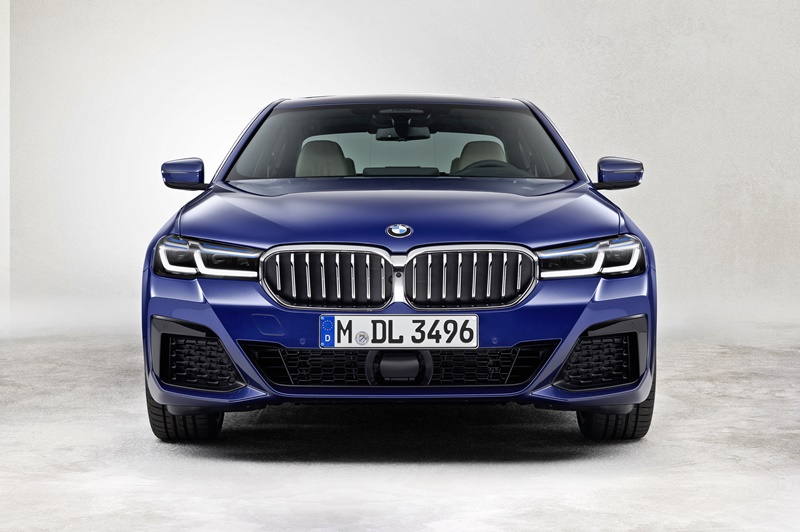
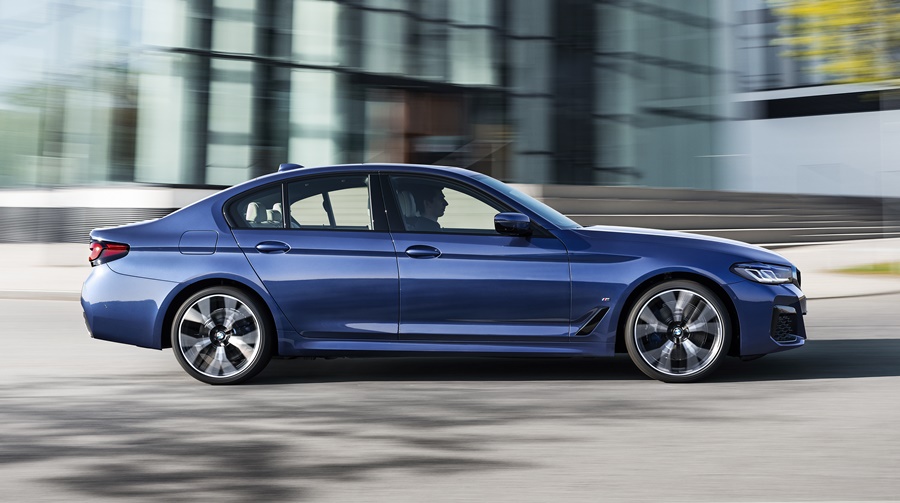
BMW 520i Sedan
4-cylinder petrol engine with mild hybrid technology. 1998 cc, 184 bhp at 5,000 – 6,500 rpm, 290 Nm at 1,350 – 4 250 rpm, 8-speed Steptronic transmission
BMW 520i Touring
4-cylinder petrol engine with mild hybrid technology. 1998 cc, 184 bhp at 5,000 – 6,500 rpm, 290 Nm at 1,350 – 4 250 rpm, 8-speed Steptronic transmission
BMW 530i Sedan (BMW 530i xDrive Sedan)
4-cylinder petrol engine with mild hybrid technology. 1998 cc, 252 bhp at 5,200 – 6,500 rpm, 350 Nm at 1,450 – 4,800 rpm, 8-speed Steptronic transmission, (BMW xDrive)
BMW 530i Touring (BMW 530i xDrive Touring)
4-cylinder petrol engine with mild hybrid technology. 1998 cc, 252 bhp at 5,200 – 6,500 rpm, 350 Nm at 1,450 – 4,800 rpm, 8-speed Steptronic transmission (BMW xDrive)
BMW 540i Sedan (BMW 540i xDrive Sedan)
6-cylinder in-line petrol engine with mild hybrid technology. 2998 cc, 333 bhp at 5,500 – 6,250 rpm, 450 Nm at 1,600 – 4,800 rpm, 8-speed Steptronic transmission (BMW xDrive)
BMW 540i xDrive Touring
6-cylinder in-line petrol engine with mild hybrid technology, 2998 cc, 333 bhp at 5,500 – 6,250 rpm, 450 Nm at 1,600 – 4,800 rpm, 8-speed Steptronic transmission (BMW xDrive)
BMW M550i xDrive Sedan
V8 petrol engine. 4395 cc, 530 bhp at 5,500 – 6,000 rpm, 750 Nm at 1 800 – 4 600 rpm, 8-speed Steptronic transmission, BMW xDrive.
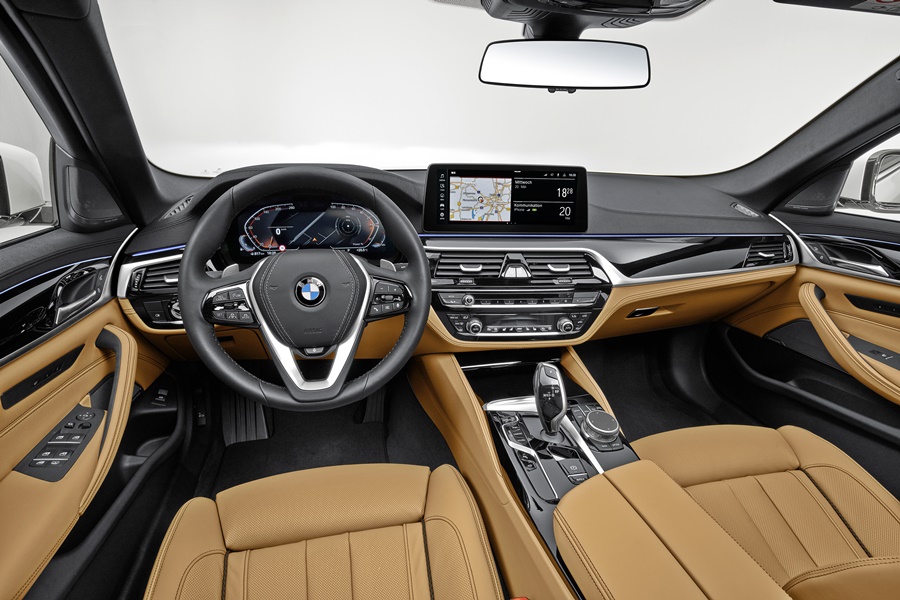

BMW 520d Sedan (BMW 520d xDrive Sedan)
4-cylinder diesel engine with mild hybrid technology. 1995 cc, 190 bhp at 4,000 rpm, 400 Nm at 1,750 – 2,500 rpm, 8-speed Steptronic transmission, (BMW xDrive).
BMW 520d Touring (BMW 520d xDrive Touring)
4-cylinder diesel engine with mild hybrid technology. 1995 cc, 190 bhp at 4,000 rpm, 400 Nm at 1,750 – 2,500 rpm, 8-speed Steptronic transmission, (BMW xDrive).
BMW 530d Sedan (BMW 530d xDrive Sedan)
6-cylinder in-line diesel engine with mild hybrid technology. 2993 cc, 286 bhp at 4,000 rpm, 650 Nm at 1,500 – 2,500 rpm, 8-speed Steptronic transmission, (BMW xDrive).
BMW 530d Touring (BMW 530d xDrive Touring)
6-cylinder in-line diesel engine with mild hybrid technology. 2993 cc, 286 bhp at 4,000 rpm, 650 Nm at 1,500 – 2,500 rpm, 8-speed Steptronic transmission, (BMW xDrive).

BMW 540d xDrive Sedan
6-cylinder in-line diesel engine with mild hybrid technology. 2993 cc, 340 bhp at 4,000 rpm, 700 Nm at 1,750 – 2,250 rpm, 8-speed Steptronic transmission, (BMW xDrive).
BMW 540d xDrive Touring
6-cylinder in-line diesel engine with mild hybrid technology. 2993 cc, 340 bhp at 4,000 rpm, 700 Nm at 1,750 – 2,250 rpm, 8-speed Steptronic transmission, (BMW xDrive).
Click here for other news and articles about BMW.















